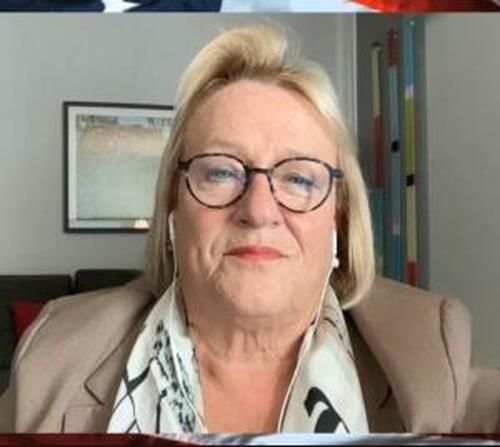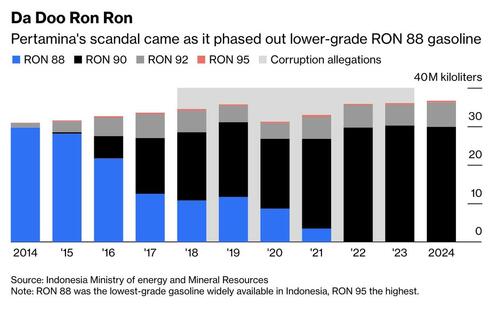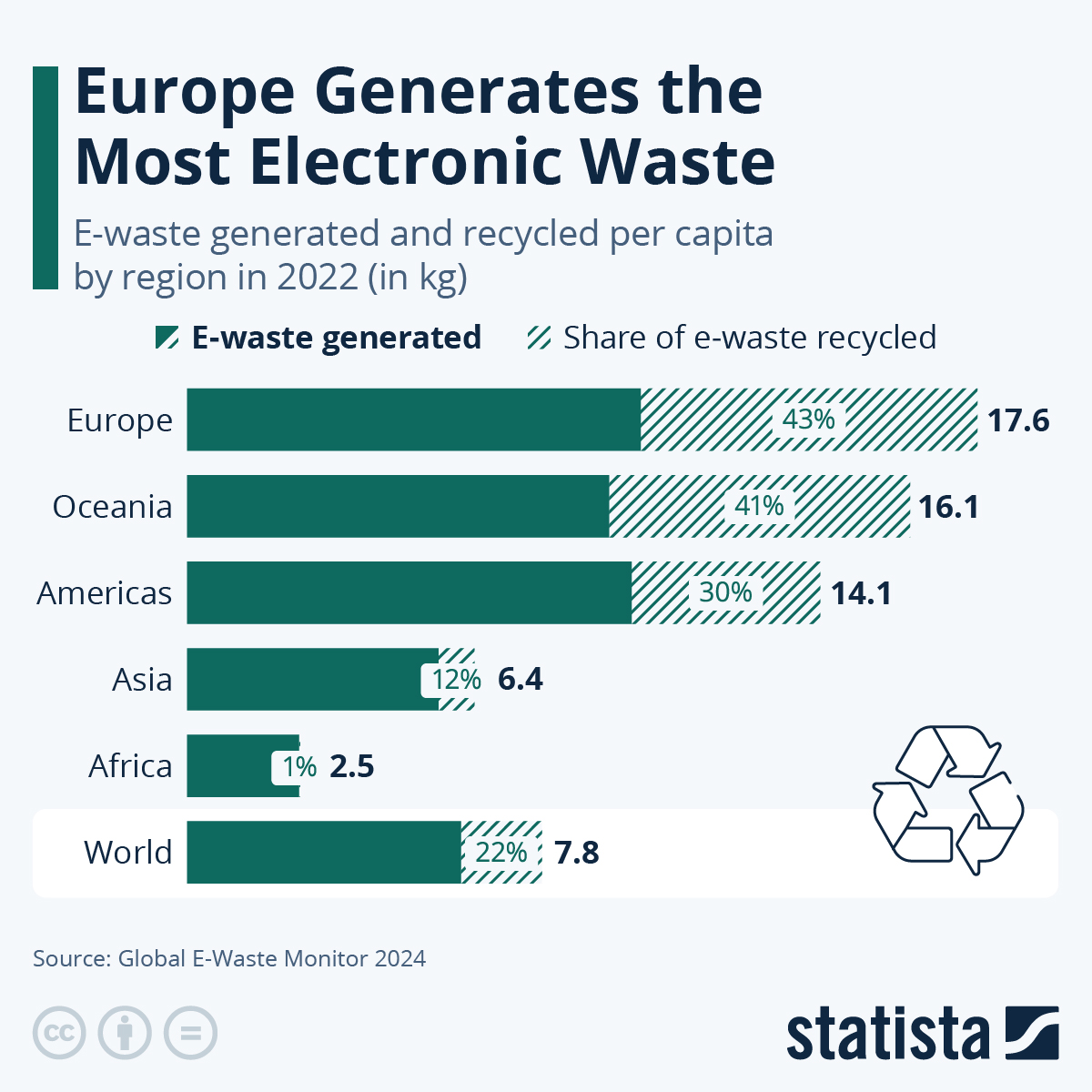"I've Never Seen Anything Like This": One Bullion Dealer Sees A Rupture In Gold And Silver Markets
Submitted by QTR's Fringe Finance
When silver surged to multi-year highs, veteran bullion dealer Andy Schectman didn’t see just another price move—he saw a rupture in the foundation of the global metals market.
In a wide-ranging interview last week, Schectman argued that what’s happening now represents the physical market finally “calling the bluff” of decades of paper manipulation.
“I’ve never seen anything like this,” he began, emphasizing that this was not mere volatility. “Backwardation… shows extreme delivery stress… It’s the market exposing the shortages of physical silver, the frailty of the paper promises.”
For Schectman, “backwardation”—when spot prices exceed futures prices—isn’t just a technical quirk. It’s the alarm bell that the supply of real metal is running thin. He believes the era when investors could comfortably rely on “paper silver” derivatives is ending.
“People have accepted paper promises for a very long time and I think that’s coming to an end,” he said. “This is decisively bullish for silver and other precious metals.”
When asked what’s actually driving this rupture, Schectman pointed to signs of stress that only appear when market structures break down. Spot prices are now higher than future delivery prices—something, he said, “very rare” in silver and “a signal of desperate demand.” Lease rates in London, normally a fraction of a percent, “jumped up over 39%.” The picture he painted was one of panic beneath the surface.
“In London they have a 140 million ounce float, yet they’re trading 600 million ounces a day… There’s over two billion ounces in paper claims out there on a float of 140 million.”
In Schectman’s view, London is the epicenter of a quiet crisis, where years of “rehypothecation”—multiple claims on the same bars—are being exposed. “It’s being called under the carpet,” he warned.
Pressed on what happens when this paper structure breaks, he compared it to a run on a bank. When short sellers can’t find metal to deliver, and borrowing costs soar, margin calls start hitting.
“You’re beginning to see margin calls… they’re not able to get the silver to cover their position,” he said. “That’s when things begin to get very, very, very interesting.”
In the short term, he acknowledged, the chaos could create sharp swings—“liquidations and survival-driven selling”—but he sees that as temporary. “Once forced selling ends, the physical scarcity starts to dominate and silver sustains its higher prices $50 plus.” In the long run, he sees this as a system reset: “If confidence in this paper system collapses, a structural repricing of silver begins.”
Schectman doesn’t just lean on sentiment. He draws on chart analysis to argue that the market structure itself supports much higher prices. Describing a multi-decade “double cup and handle” formation stretching back to the 1980s, he claimed that silver’s breakout above $50 could technically project prices as high as $96.
“You take the distance from the bottom… from 50 to 4… and you add it to the top… the next target… is $96,” he explained.

Still, he conceded that nothing moves in a straight line. “There will be volatility,” he said, but he believes that each pullback will merely reset the stage for a higher base.
When the conversation turned macro, Schectman zoomed out. To him, this isn’t just about silver—it’s about the U.S. dollar and a global shift away from Western financial dominance.
“It’s not gold and silver going higher. It is the dollar losing ground and losing value,” he said, describing the currency as “a melting ice cube.”
He linked that decline to what he sees as an intentional policy effort to devalue the dollar in order to bring back U.S. manufacturing. Referencing former Trump adviser Judy Shelton and market analyst Luke Gromen, he speculated that policymakers may even be planning to quietly peg long-term U.S. Treasury debt to gold.
“If they back the back end of the Treasury market with gold and let gold slowly… go higher… you’re doing it to let the dollar devalue,” he said. “The biggest money in the world… the institutional traders who are standing for delivery left and right… they know what’s coming.”
Schectman’s thesis, then, is that the metals rally is not a speculative mania but a symptom of a global monetary adjustment. “This is the dollar devaluation trade,” he said flatly.
When asked how these stresses are playing out in his business, Schectman’s answer was direct: premiums are exploding and spreads are widening. He pointed to the backwardation gap as evidence of dealers’ exposure.
“We were about a $3 spread between the futures price and the spot price,” he said. “For dealers who have to buy metal at X, they can’t hedge it anywhere near X… So you’re exposed.”
That exposure is showing up in retail pricing. “Every major dealer in America right now is north of six, seven, eight an ounce over spot… just like that,” he said of Silver Eagle coins. On gold, he added, “Our cost on Gold Buffaloes is north of $200 over spot before we make a penny.”
He blames much of this on bottlenecks at the U.S. Mint, which he calls “the model of inefficiency,” unable to produce enough supply when demand spikes. But he also says premiums reflect a deeper issue—the public’s growing insistence on physical metal rather than paper exposure.
Schectman was even harsher when asked about exchange-traded funds like SLV and GLD.
“SLV and GLD… read pages 6 through 12 titled risk factors,” he warned, calling them “a scam” in essence. “I wouldn’t put my money in to save my life.”
[QTR: Pay attention here. I would also not use SLV or GLD to get long-term exposure to gold and silver. I would own the Sprott funds instead, if I needed to own something other than physical.]
He drew a bright line between paper and physical ownership.
“You can own physical metal within your IRA… you can say send me my metal… you can’t ever take possession of GLD and SLV.”
That distinction—between real custody and paper claims—runs through his entire worldview. “If you don’t hold it, you don’t really have it,” he repeated.
Schectman also noted a dramatic shift in customer behavior.
“We’re seeing nothing in the way of selling,” he said. “The big money has been doing this now for the last six months.”
Institutional investors, he claims, have been aggressively buying gold and silver, while wholesalers and refiners, lulled by a year of low demand, are now scrambling to catch up. “It will go from an environment of high prices… to people saying, ‘I can’t get it easily. It’s disappearing.’ And just like that, it will disappear.”
When asked about supply constraints, he pointed to both natural and industrial limits. Silver, he said, is being mined less each year, and only a fraction comes from dedicated silver mines. At the same time, industrial demand—from solar panels to electric vehicles—is surging.
“On top of an expansion in demand, you have a decrease,” he said. “It’s disappearing in nature.”
That dual squeeze makes silver, in his words, “a once-in-a-generation… shift into an asset that has been controlled by the West forever on leverage futures contracts.”
When asked if it was “too late” for new buyers, Schectman was pragmatic. He doesn’t dismiss the possibility of a pullback, but he argues that waiting for the perfect entry is risky.
“Cost average. Cost average is the only way to smooth out the uncertainty curve,” he said.
He recommends investors “build a core position first, then keep averaging,” suggesting pre-1965 U.S. coins—so-called “constitutional silver”—as “the best value by far… not even close really.” For buyers who prefer one-ounce coins, he notes that Maples, Britannias, Kangaroos, Philharmonics, and Krugerrands currently offer better value than Silver Eagles, though the Eagles have stronger liquidity.
He also cautioned against rotating out of silver into gold just yet.
“It’s not time to trade your silver for gold yet,”
he said, though he added that “gold’s going to go higher than anyone thinks possible.”
Schectman also drew a line between what the public is doing and what the insiders are doing. Retail investors, he noted, are still heavily exposed to stocks and options, while “the big money” is quietly moving into hard assets. “The public is all loaded into the equity market,” he said, “and the big money is leaving… standing for delivery on physical metal.”
In his mind, that divergence tells the story. The institutions aren’t chasing speculation—they’re moving to safety. And individuals, he argues, should follow. The goal isn’t short-term profit, it’s preservation.
“Buying gold and silver right now is not—you’re not buying it to get wealthy. You’re buying it because it is wealth.”
That line captures the ethos behind his warnings. Schectman sees backwardation, soaring lease rates, and a widening gap between physical and paper prices as signs that a generational shift is underway. He believes policy winds are turning toward deliberate dollar devaluation and that the market, quietly but surely, is repricing real assets accordingly. Whether one agrees with his interpretation or not, the conditions he describes—spot over futures, spiking premiums, and delivery stress—fit the profile of a market where confidence in paper promises is giving way to the demand for something tangible.
“The rush for gold and silver is real,” he concluded. “It’s intensifying.”
Watch Andy’s full interview hourlong interview here. And read my 10 areas of the market I'd be avoiding at all costs here.

QTR’s Disclaimer: Please read my full legal disclaimer on my About page here. This post represents my opinions only. In addition, please understand I am an idiot and often get things wrong and lose money. I may own or transact in any names mentioned in this piece at any time without warning. Contributor posts and aggregated posts have been hand selected by me, have not been fact checked and are the opinions of their authors. They are either submitted to QTR by their author, reprinted under a Creative Commons license with my best effort to uphold what the license asks, or with the permission of the author.
This is not a recommendation to buy or sell any stocks or securities, just my opinions. I often lose money on positions I trade/invest in. I may add any name mentioned in this article and sell any name mentioned in this piece at any time, without further warning. None of this is a solicitation to buy or sell securities. I may or may not own names I write about and are watching. Sometimes I’m bullish without owning things, sometimes I’m bearish and do own things. Just assume my positions could be exactly the opposite of what you think they are just in case. If I’m long I could quickly be short and vice versa. I won’t update my positions. All positions can change immediately as soon as I publish this, with or without notice and at any point I can be long, short or neutral on any position. You are on your own. Do not make decisions based on my blog. I exist on the fringe. If you see numbers and calculations of any sort, assume they are wrong and double check them. I failed Algebra in 8th grade and topped off my high school math accolades by getting a D- in remedial Calculus my senior year, before becoming an English major in college so I could bullshit my way through things easier.
The publisher does not guarantee the accuracy or completeness of the information provided in this page. These are not the opinions of any of my employers, partners, or associates. I did my best to be honest about my disclosures but can’t guarantee I am right; I write these posts after a couple beers sometimes. I edit after my posts are published because I’m impatient and lazy, so if you see a typo, check back in a half hour. Also, I just straight up get shit wrong a lot. I mention it twice because it’s that important.
Tyler Durden
Sun, 10/19/2025 - 15:10



















 Judge Sarah Backus, Siraj Wahhaj
Judge Sarah Backus, Siraj Wahhaj



Recent comments